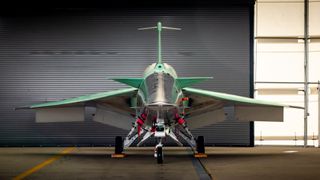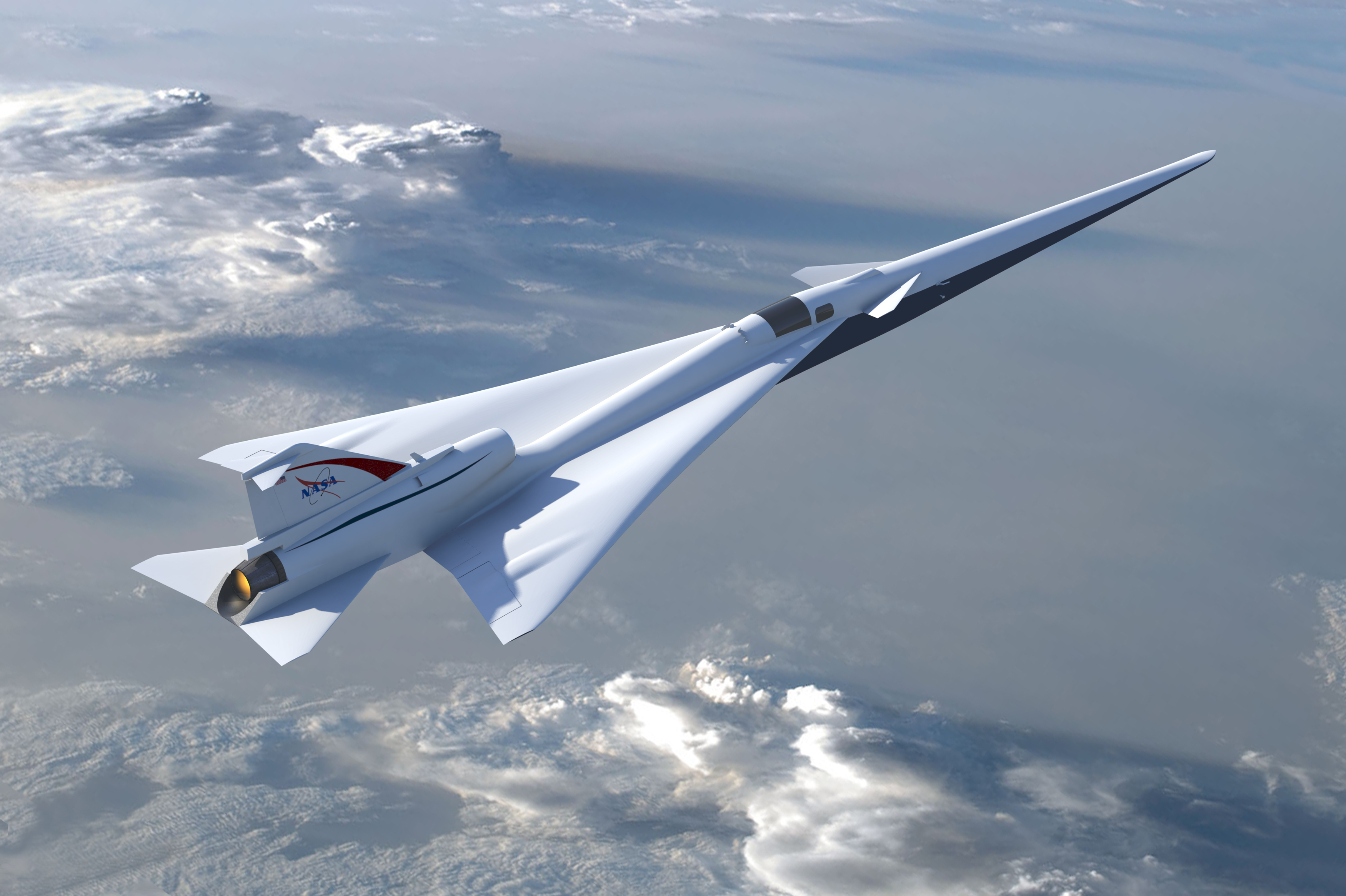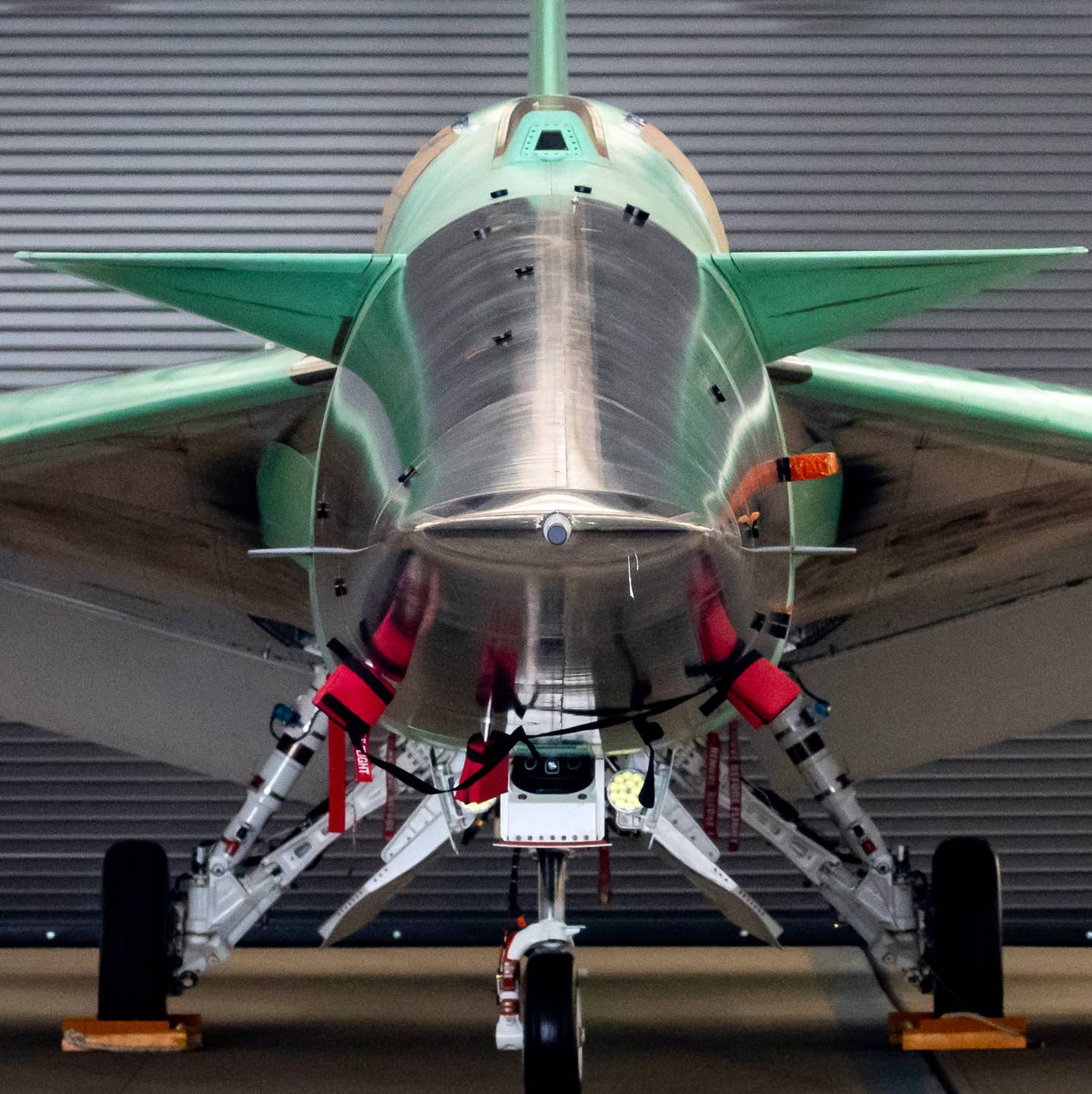Dubbed the "Son of Concorde," NASA's experimental X-59 is almost ready for its first test flights later this year. Formerly called the X-59 Quiet SuperSonic Technology (QueSST) plane, the aircraft could usher in a new era of supersonic mass transportation.
NASA's X-59 'Son of Concorde' gearing up for first test flight
This news comes after a few images were shared by NASA showing the X-59 sitting on the "flight line" (the space between the hangar and the runway) at Lockheed Martin Skunk Works in Palmdale, California.
The X-59 can fly at Mach 1.4
The X-59 aircraft is testing a technology that aims to dampen the loud sound of the sonic boom when breaking the sound barrier. By reducing the noise to a more subdued "sonic thump," this technology could allow supersonic passenger flights over the continental US, previously prohibited due to noise pollution regulations.
Supersonic airliners to return?
The X-59 has the potential to create numerous faster routes, not only within the United States but also globally. However, the affordability of a seat remains uncertain.
NASA's X-59 'quiet' supersonic jet looks ready to fly in new photos

NASA's supersonic plane has moved closer to the runway in preparation for its debut flight.
New photos show the X-59 supersonic plane parked on the flight line — the space between the hangar and the runway — at Lockheed Martin’s Skunk Works facility in Palmdale, California. The plane was moved from its construction site to the flight line on June 19, according to a statement from NASA.
This milestone kicks off a series of ground tests to ensure the X-59 is safe and ready to fly as part of NASA's Quesst mission, which aims to demonstrate that the aircraft can fly faster than the speed of sound (or Mach 1) without generating the loud sonic booms generally produced by supersonic planes.
"NASA will then fly the X-59 over several communities to gather data on human responses to the sound generated during supersonic flight," officials said in the statement from the space agency. "NASA will deliver that data set to U.S. and international regulators to possibly enable commercial supersonic flight over land. . .
The plane will remain parked near the runway during its ground and initial flight tests by Lockheed Martin. The 99.7-foot-long, 29.5-foot-wide aircraft is powered by a single jet engine, which was built by General Electric Aviation, a subsidiary of General Electric. It is designed to reach a speed of Mach 1.4, or 925 mph, flying at an altitude of 55,000 feet (16,764 meters).
If all goes according to plan, the X-59 will fly over select U.S. cities starting in 2024. Residents will be able to share their responses to the sound produced by the X-59 aircraft. Then, data collected from the flights will be shared with American and international regulators in 2027, when the Quesst mission comes to a close.
Continue reading >






No comments:
Post a Comment